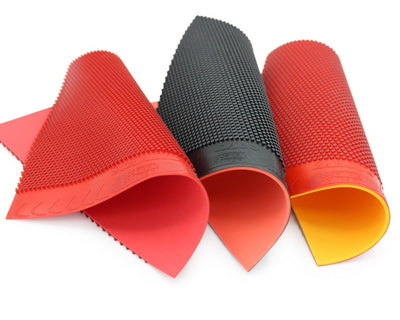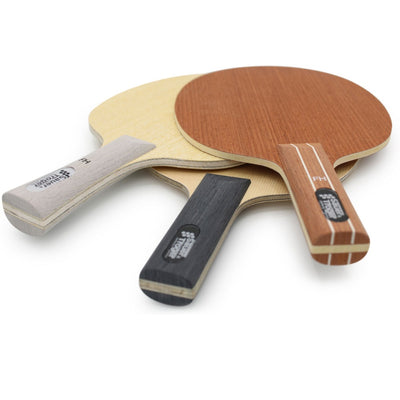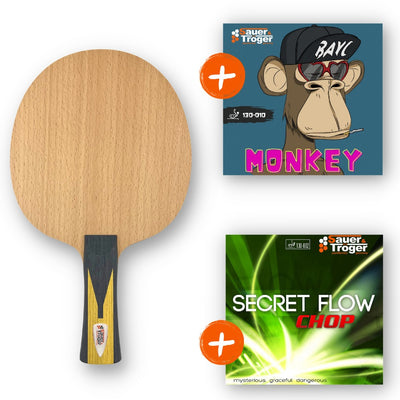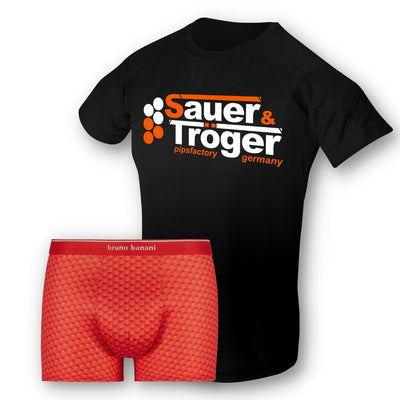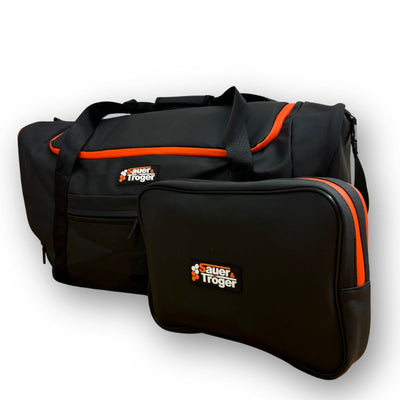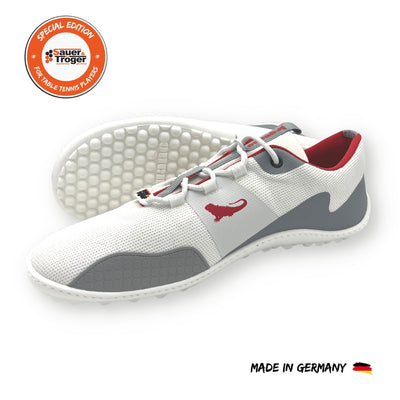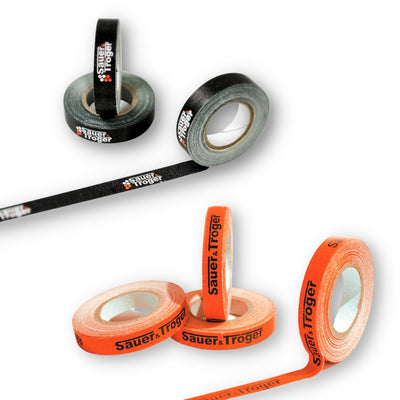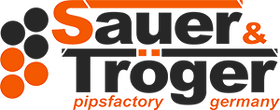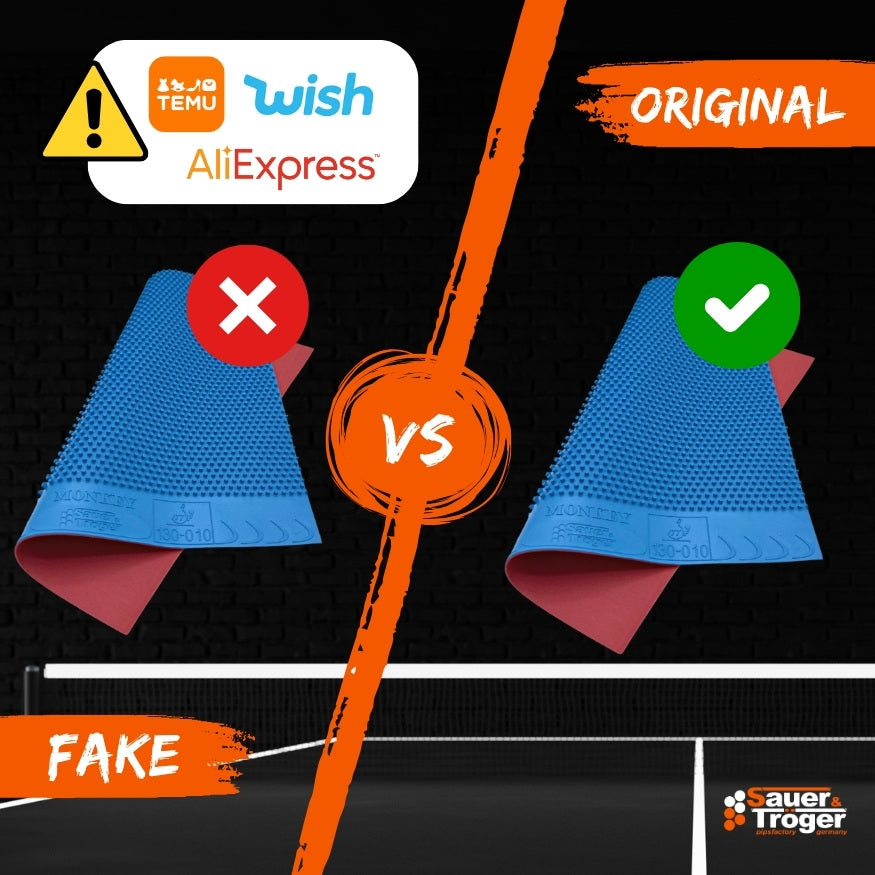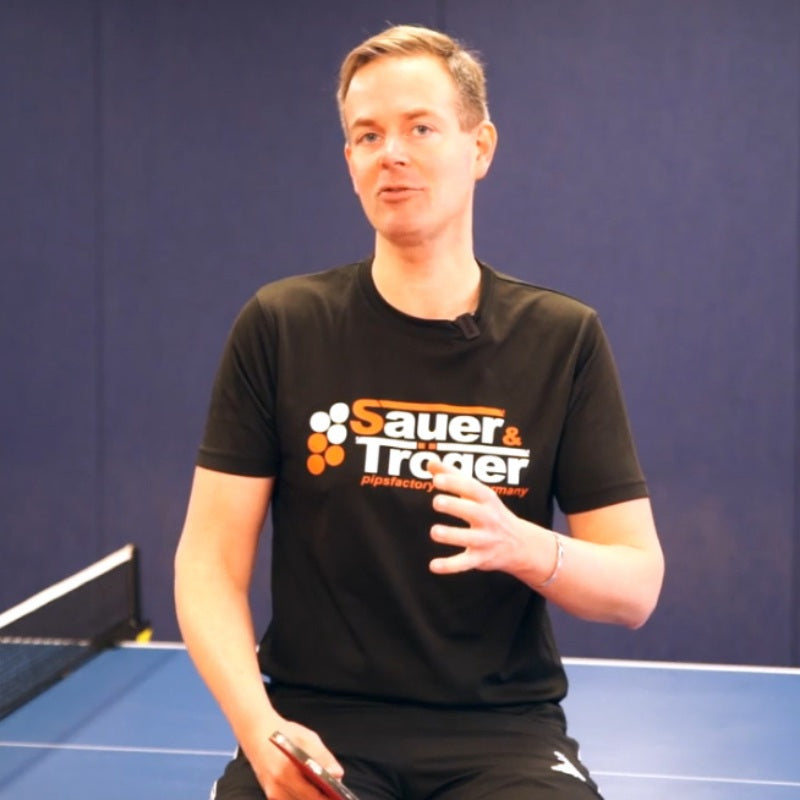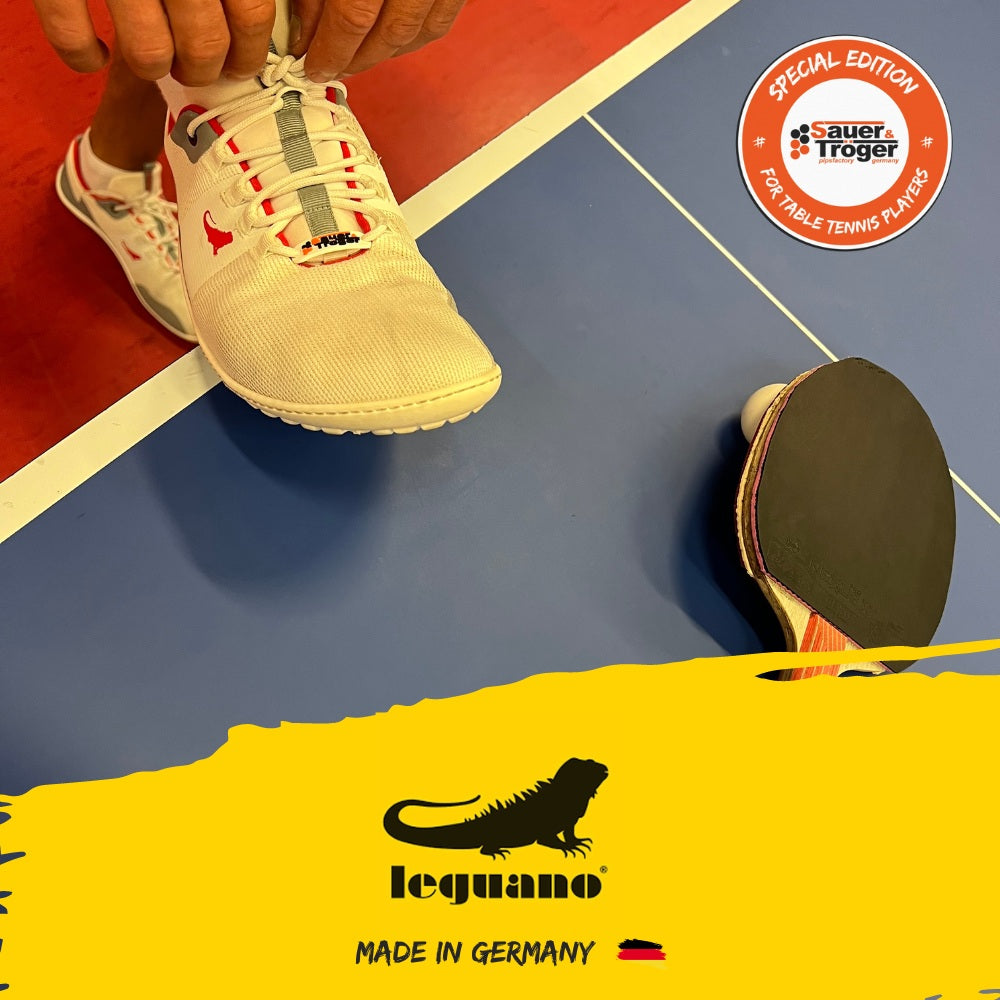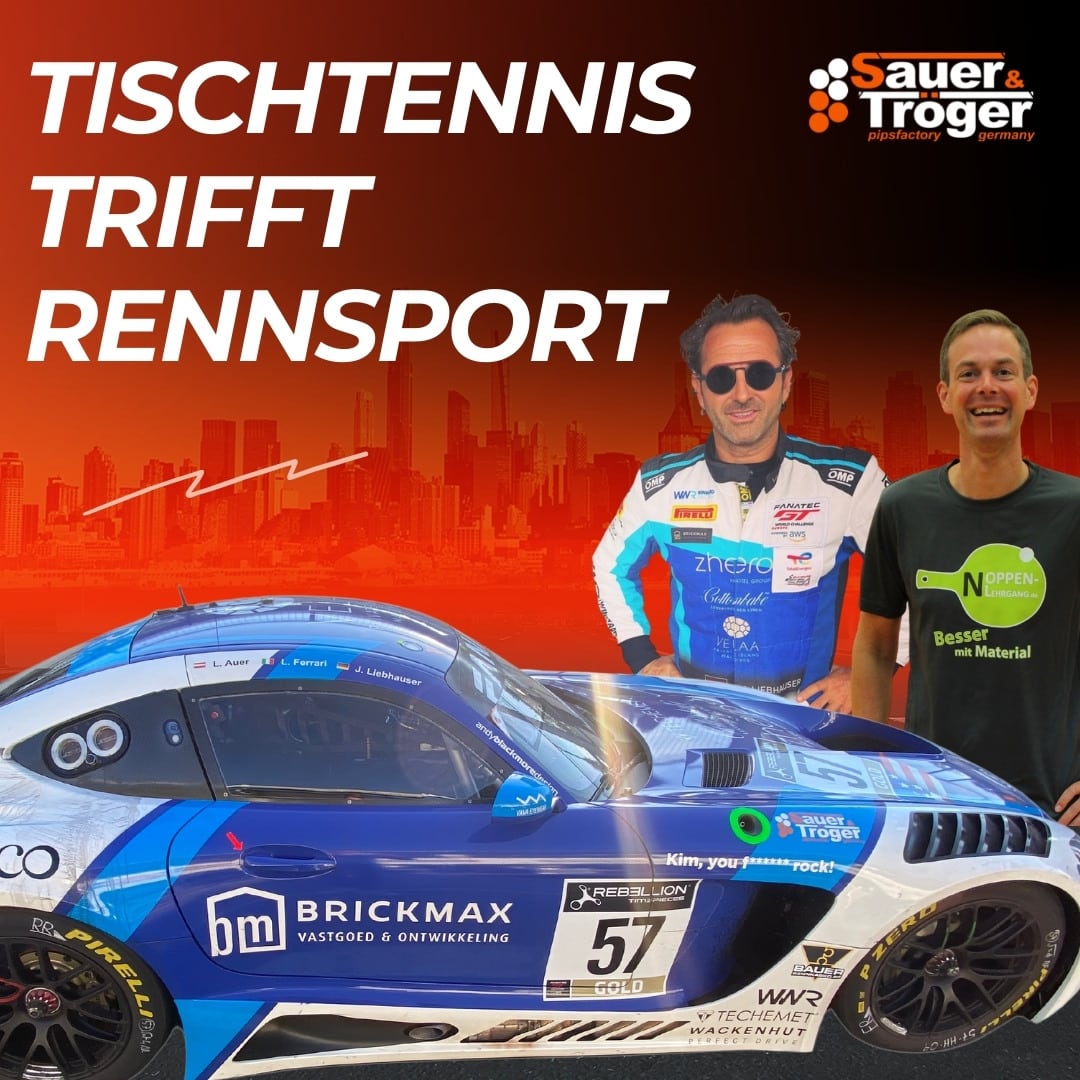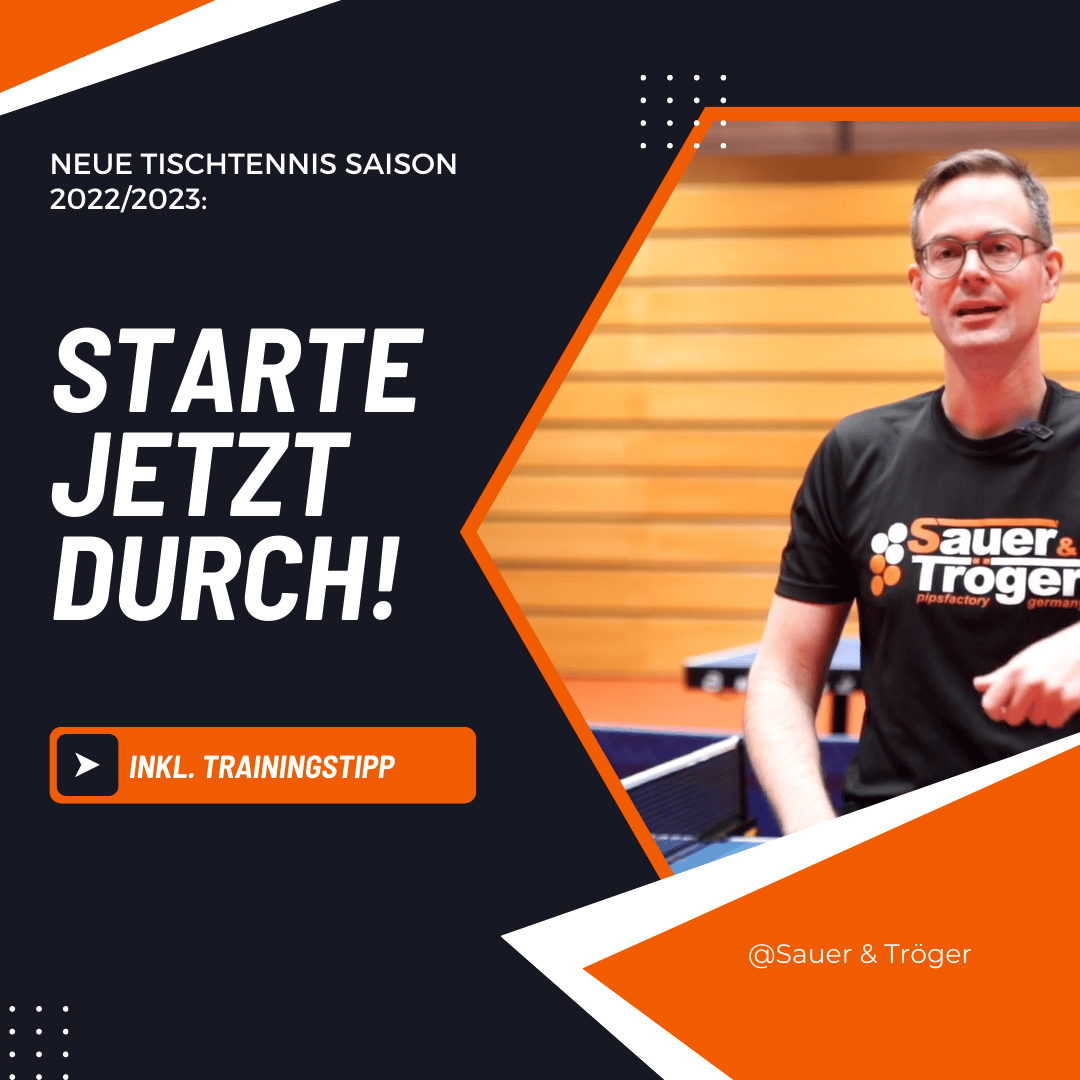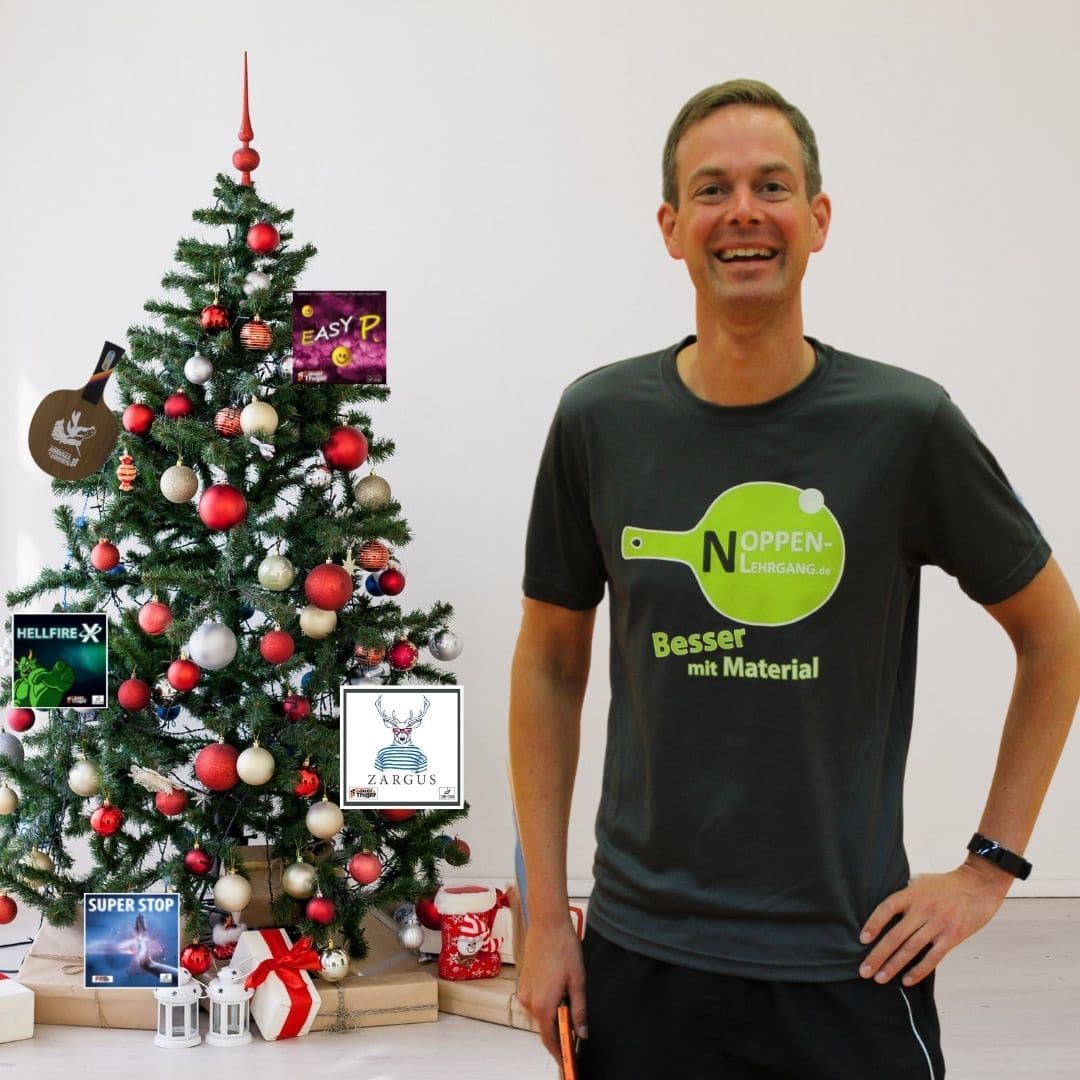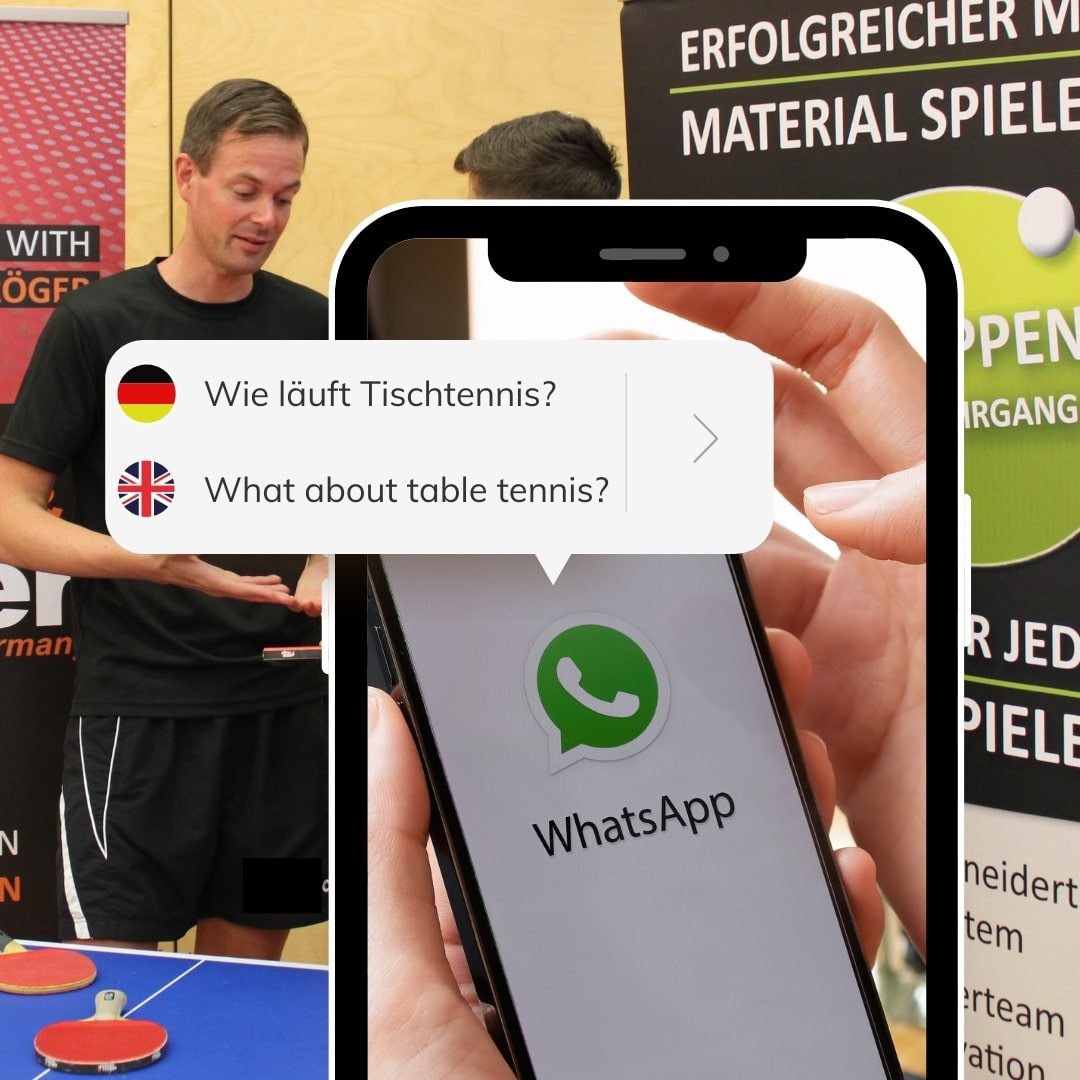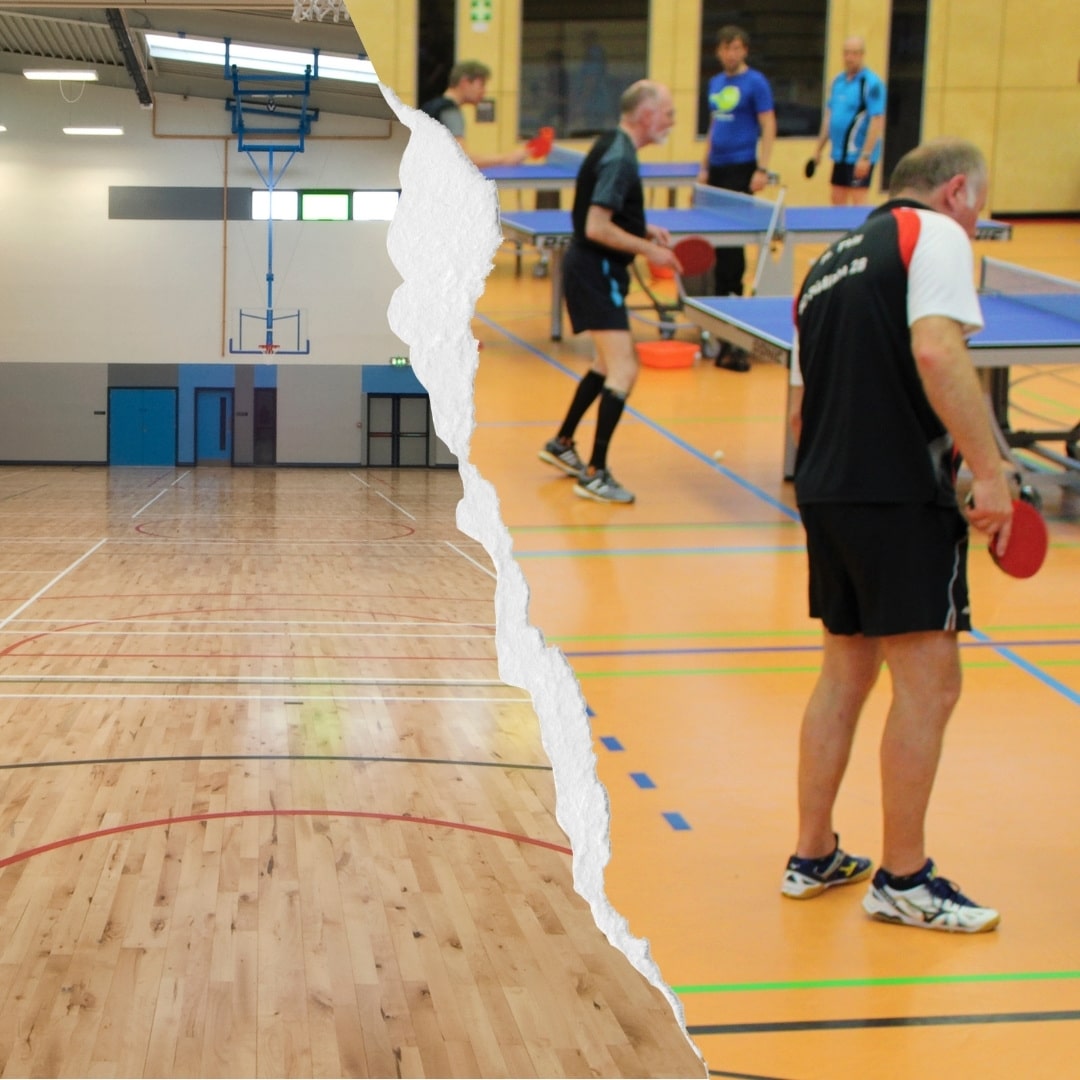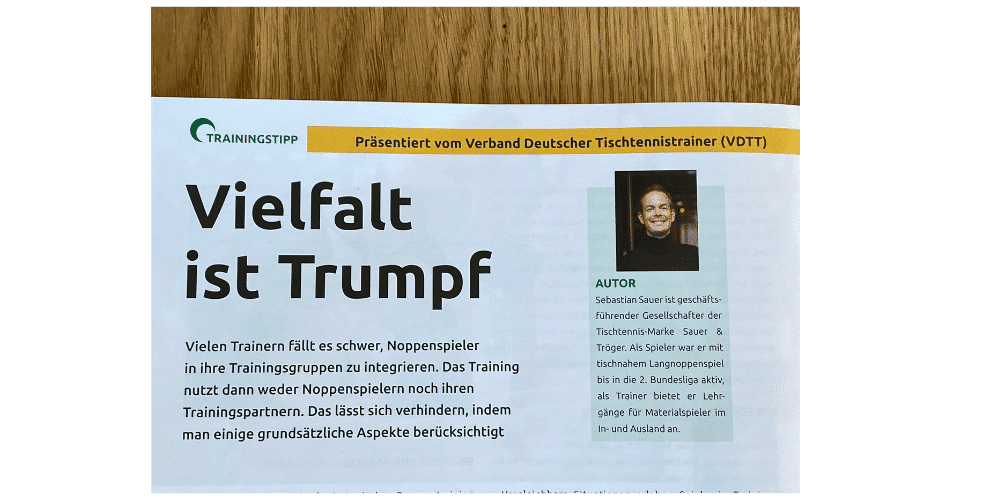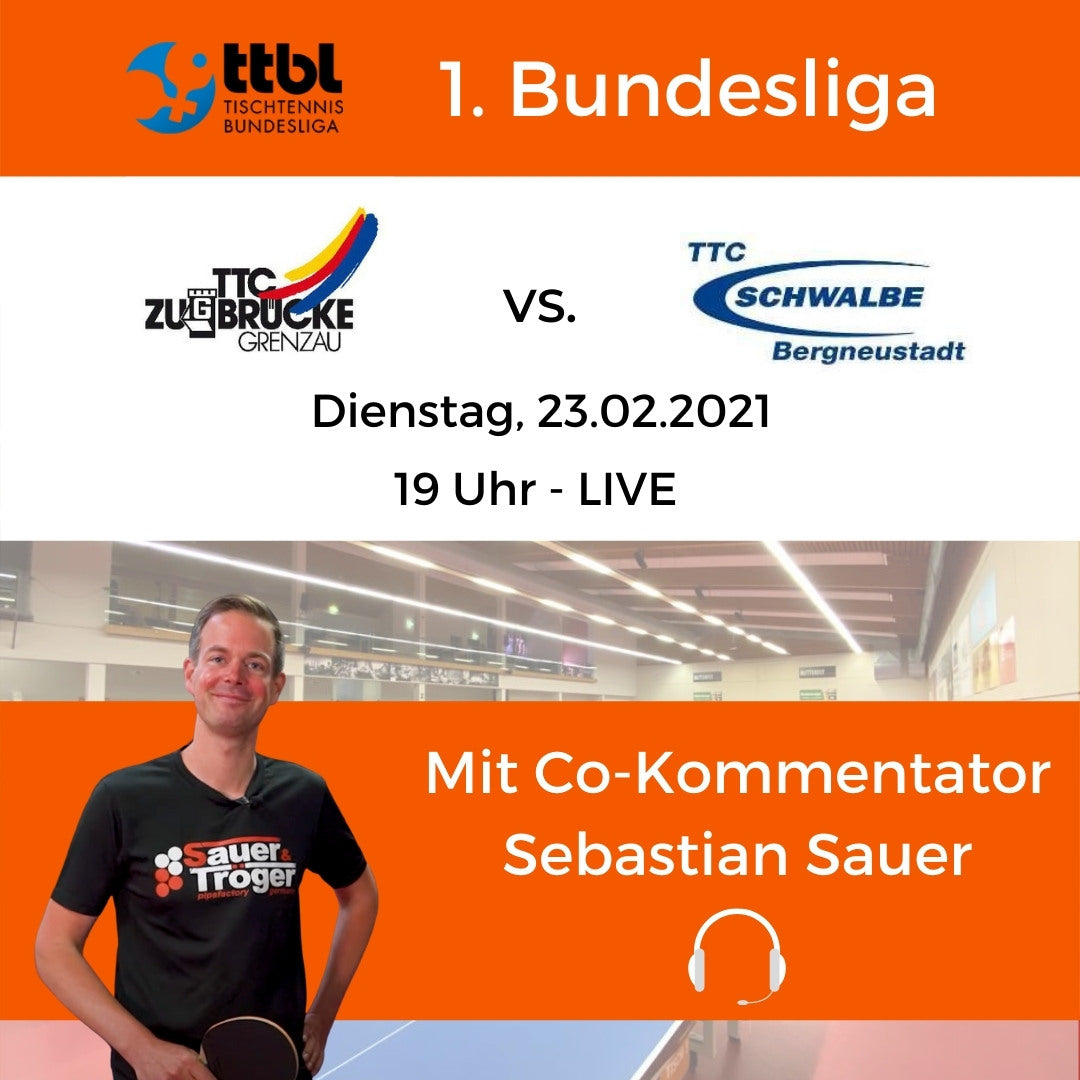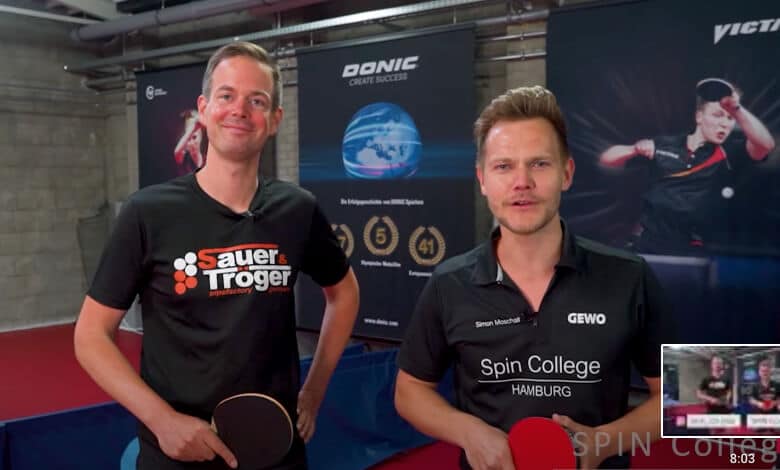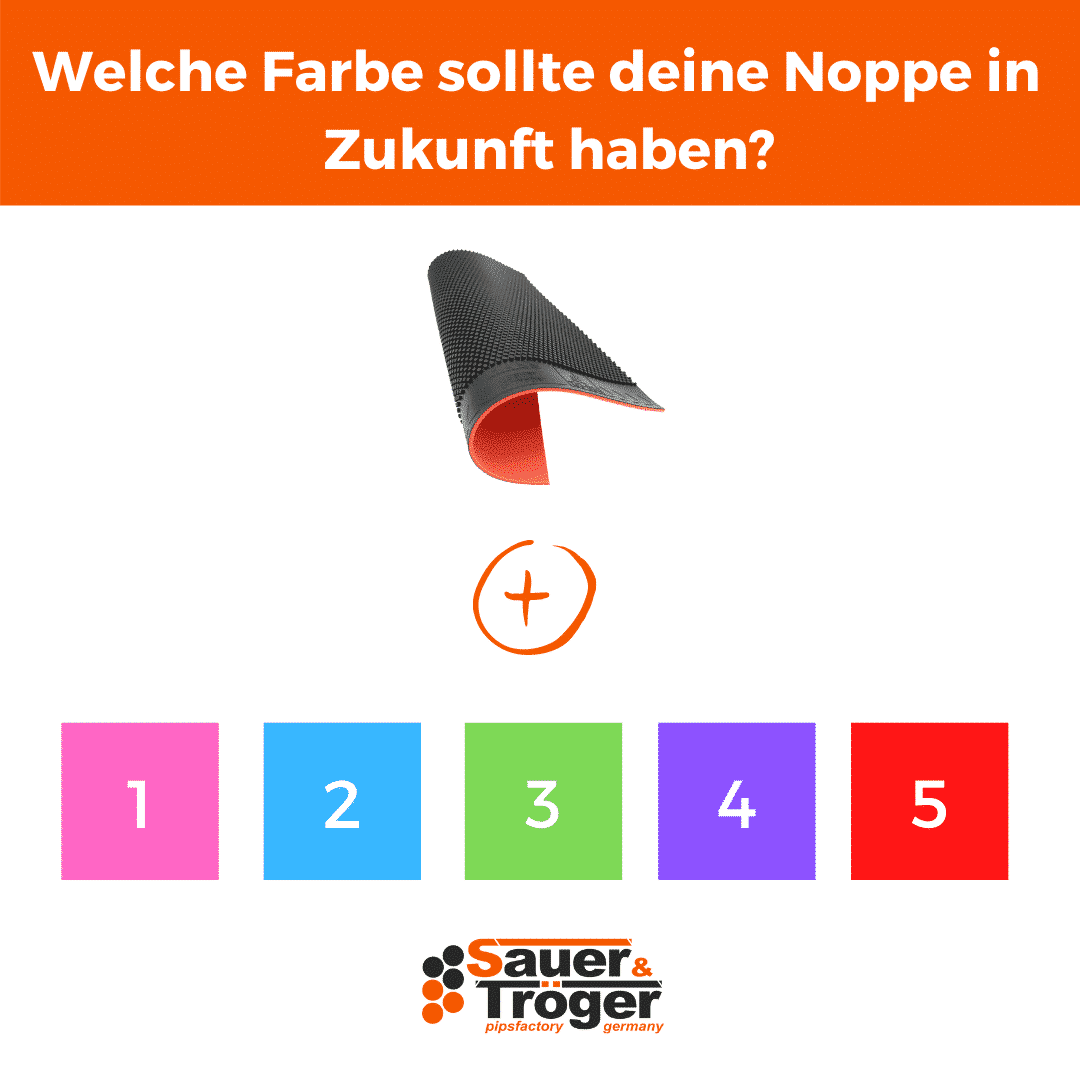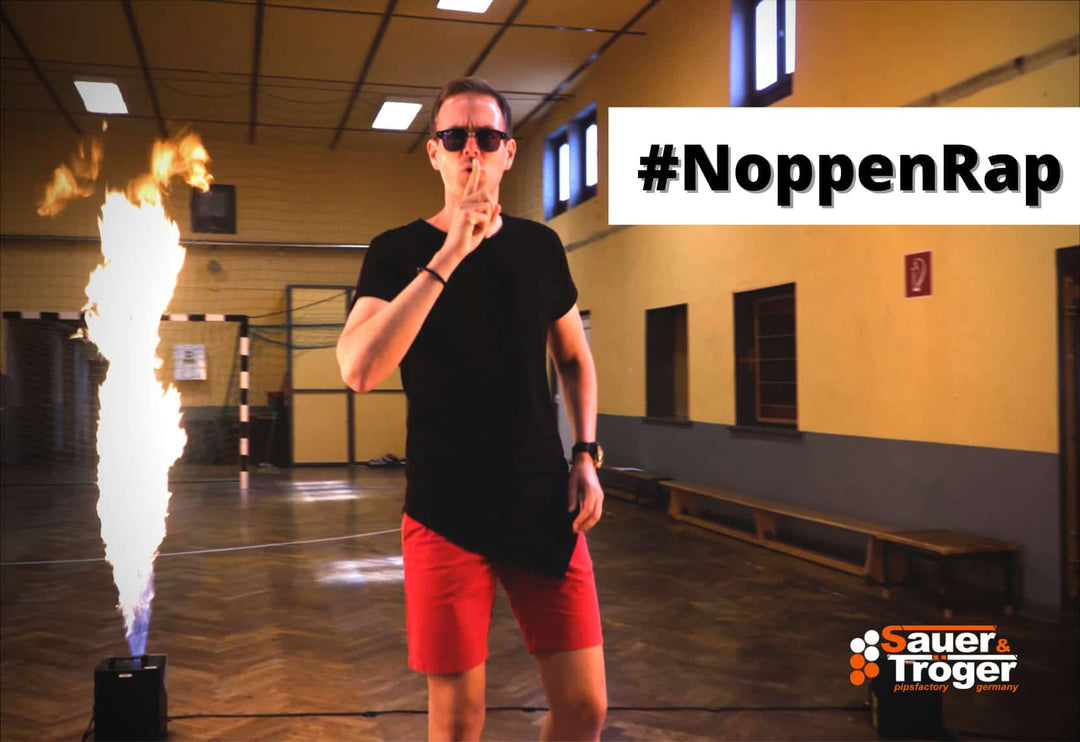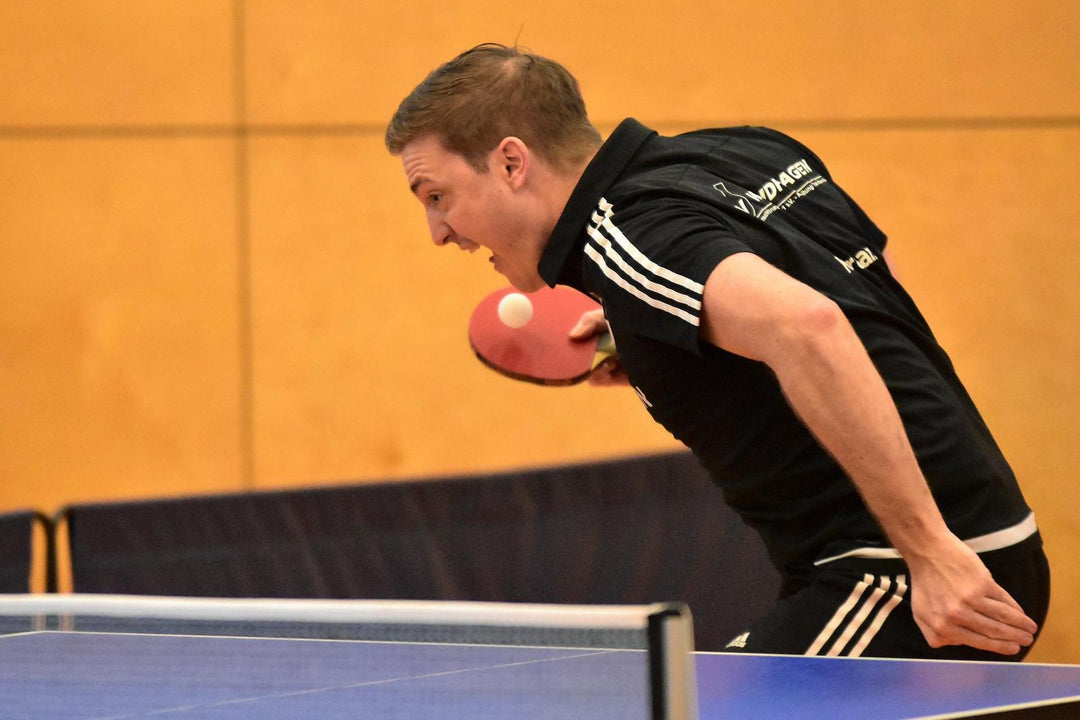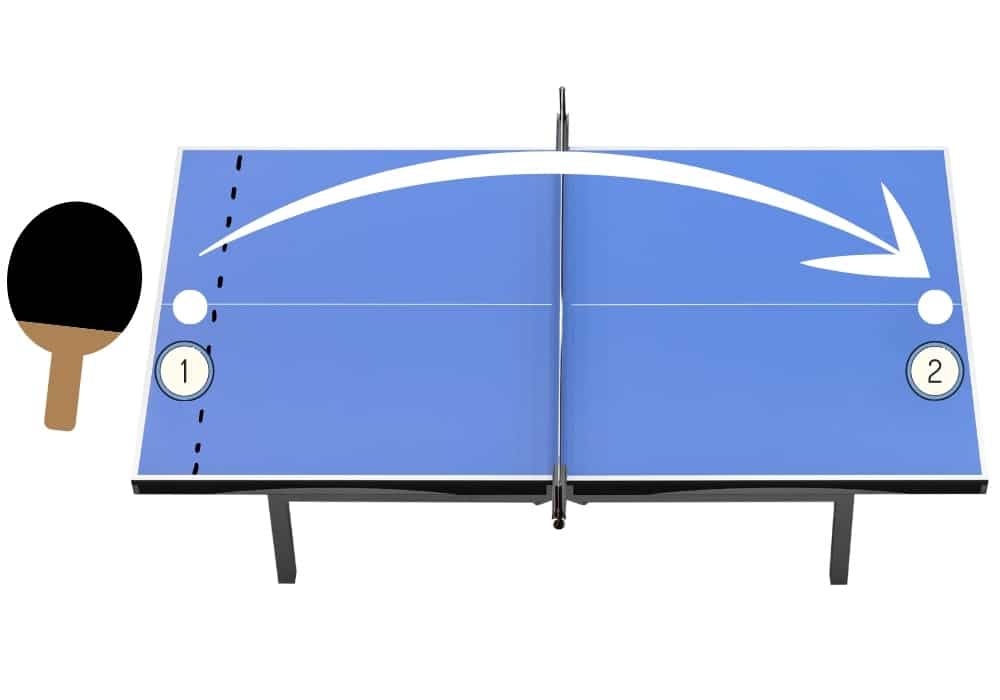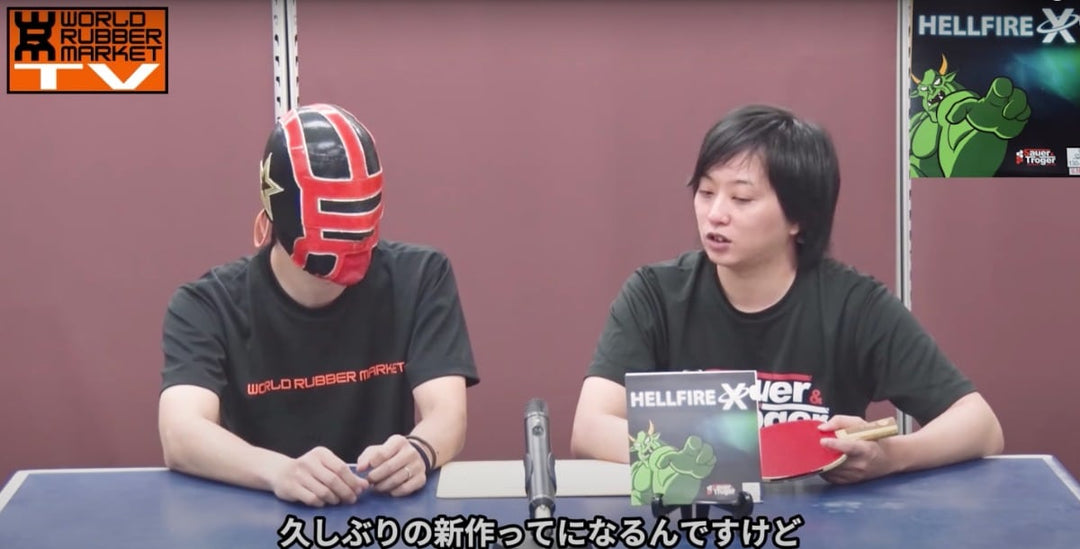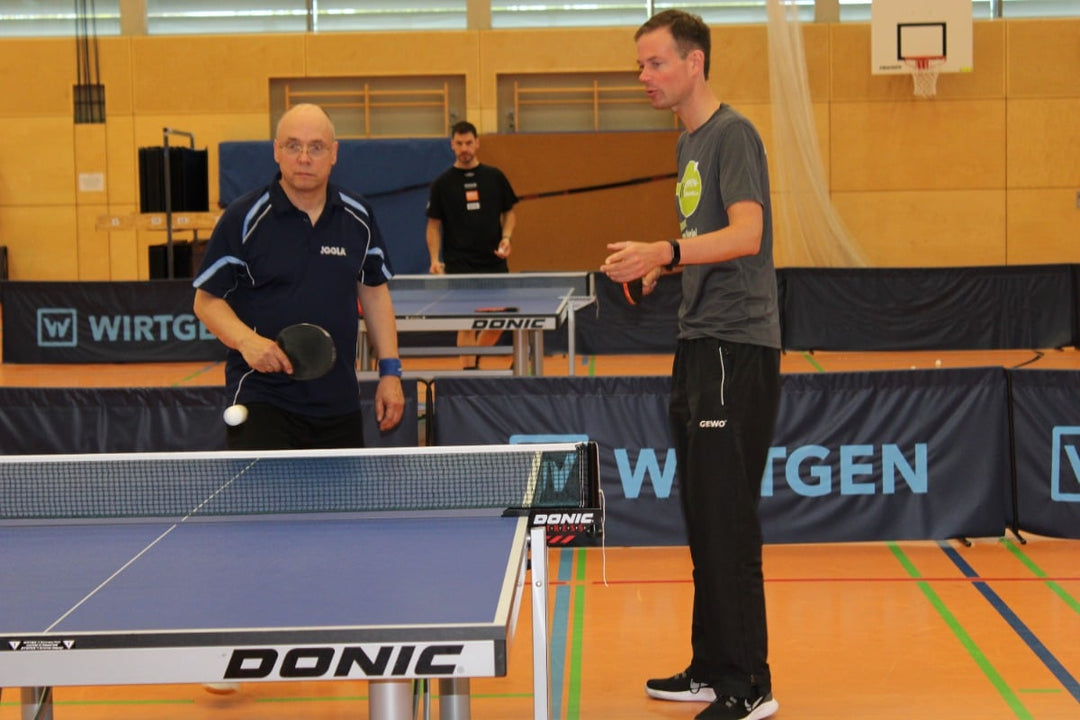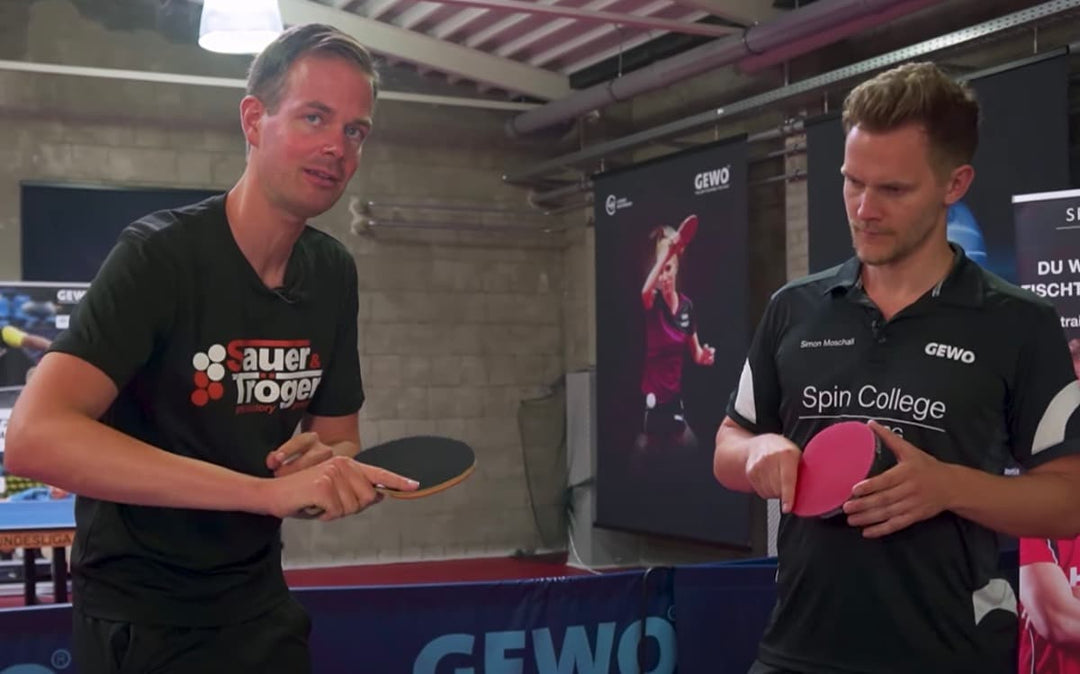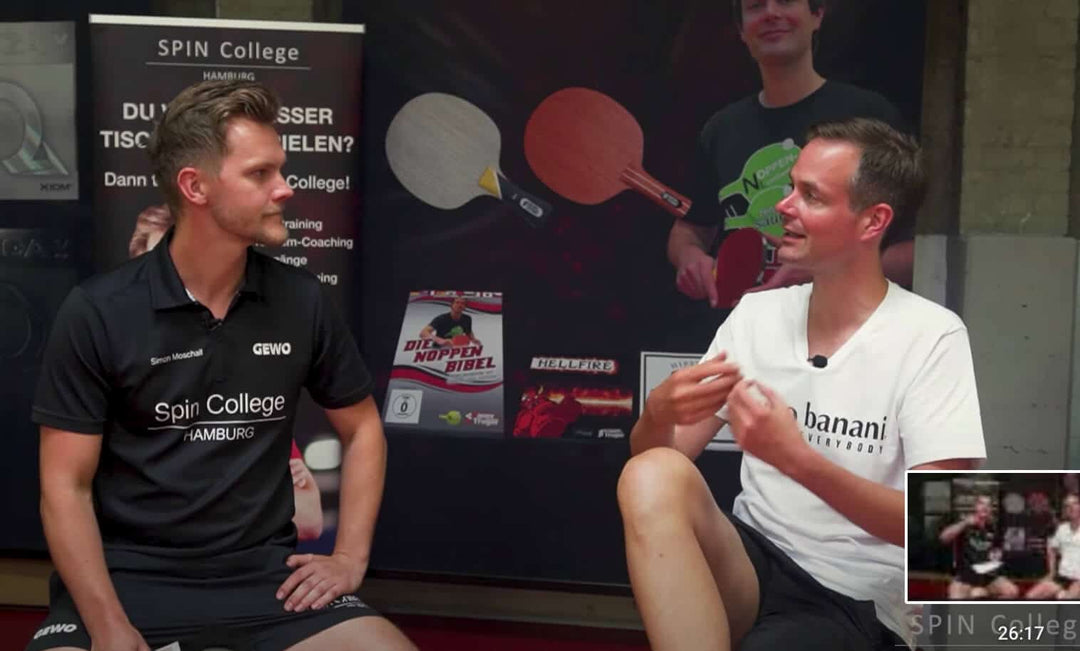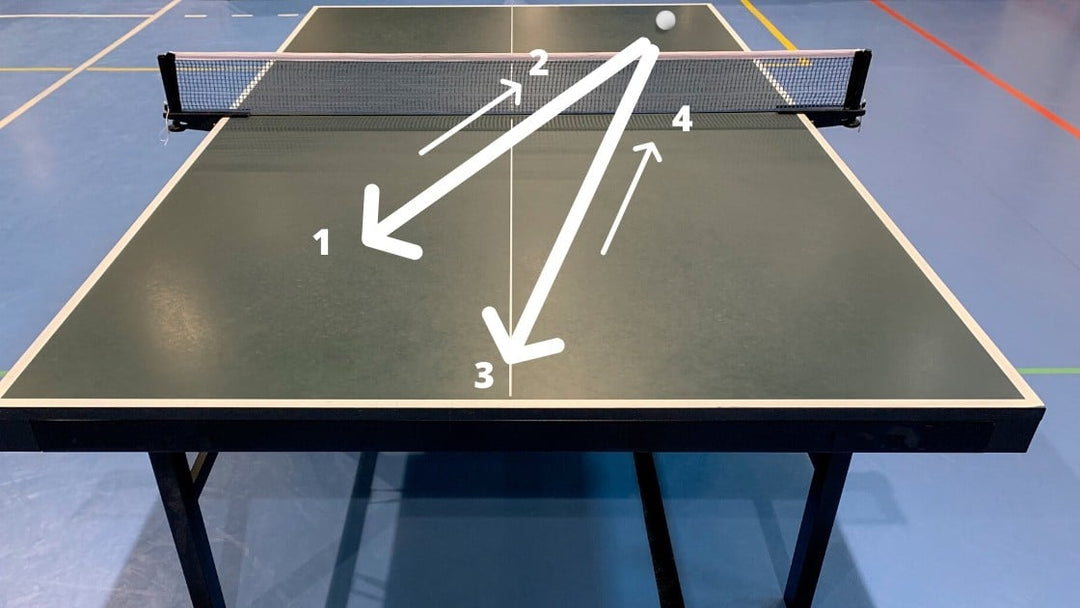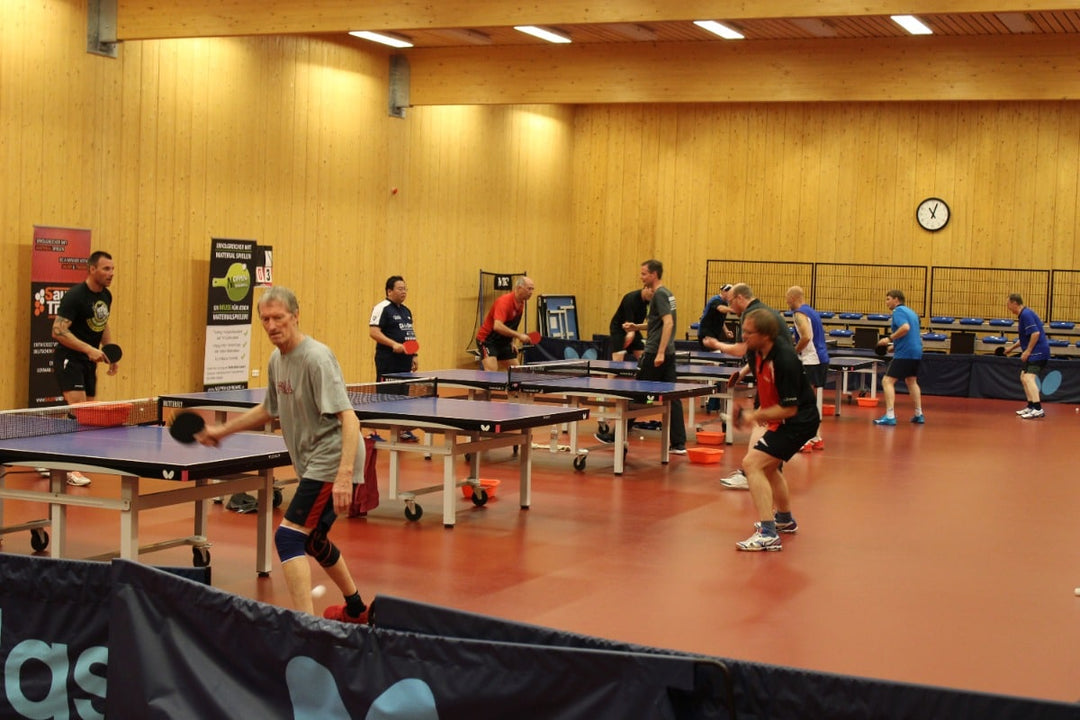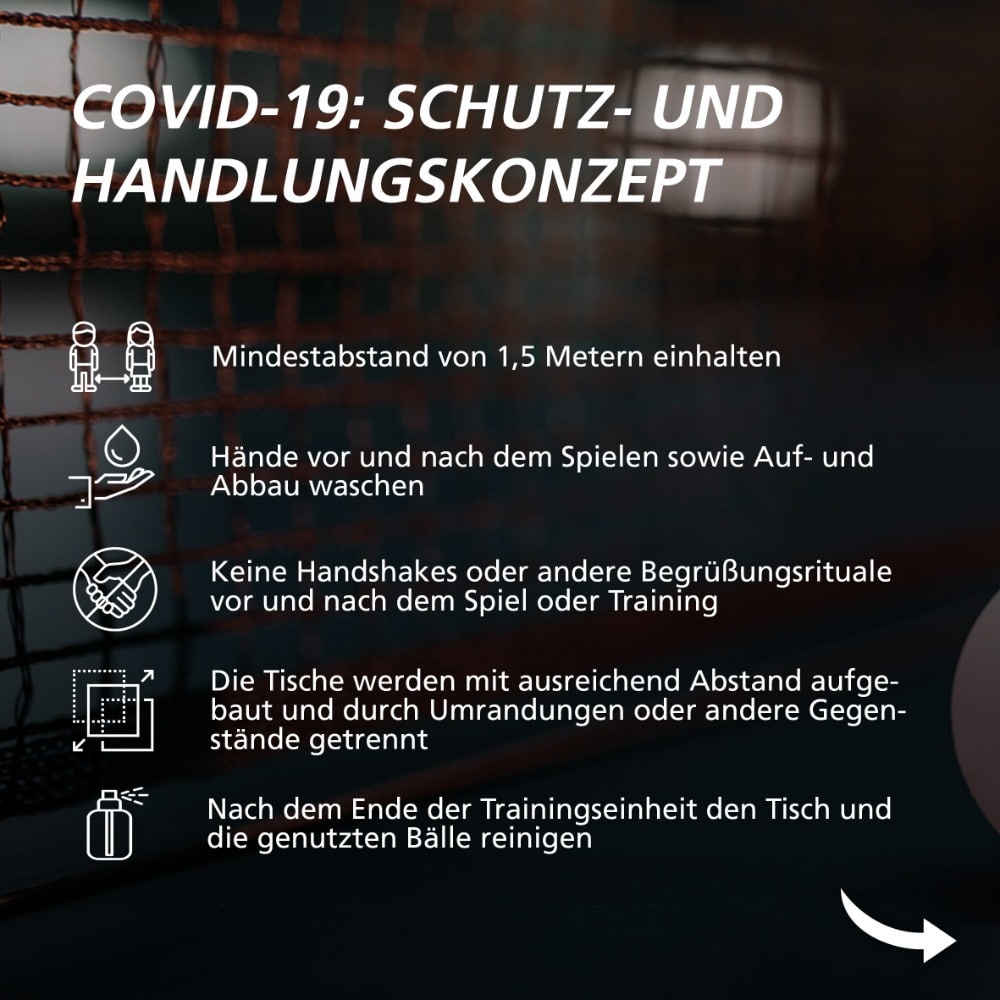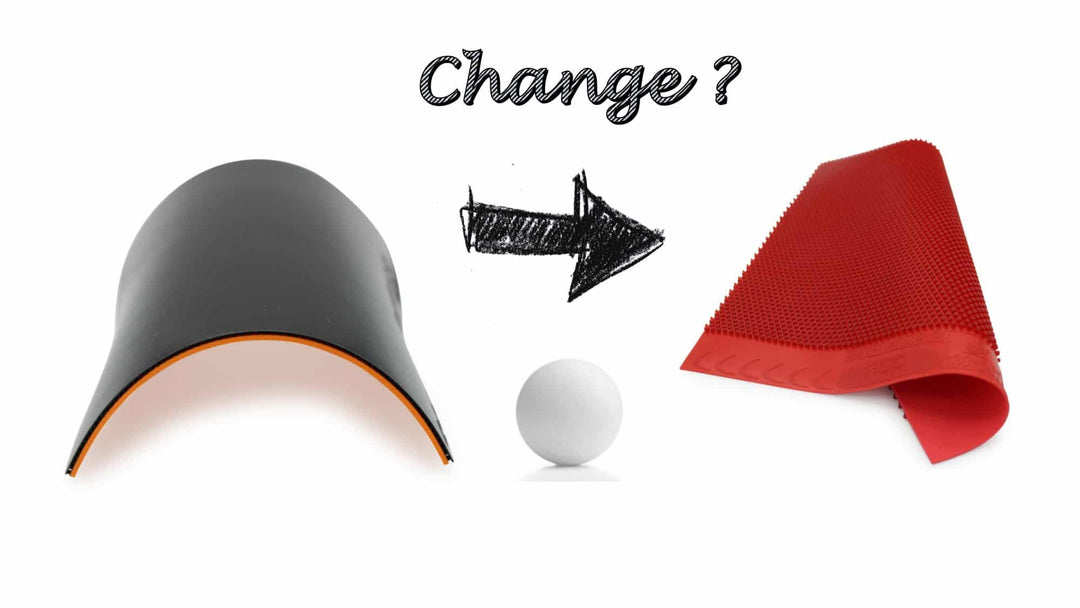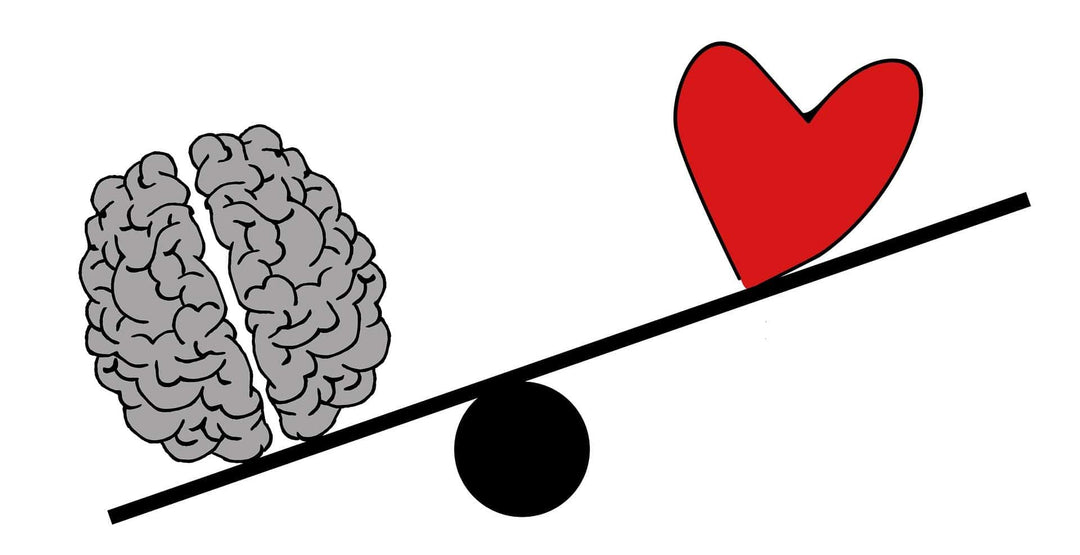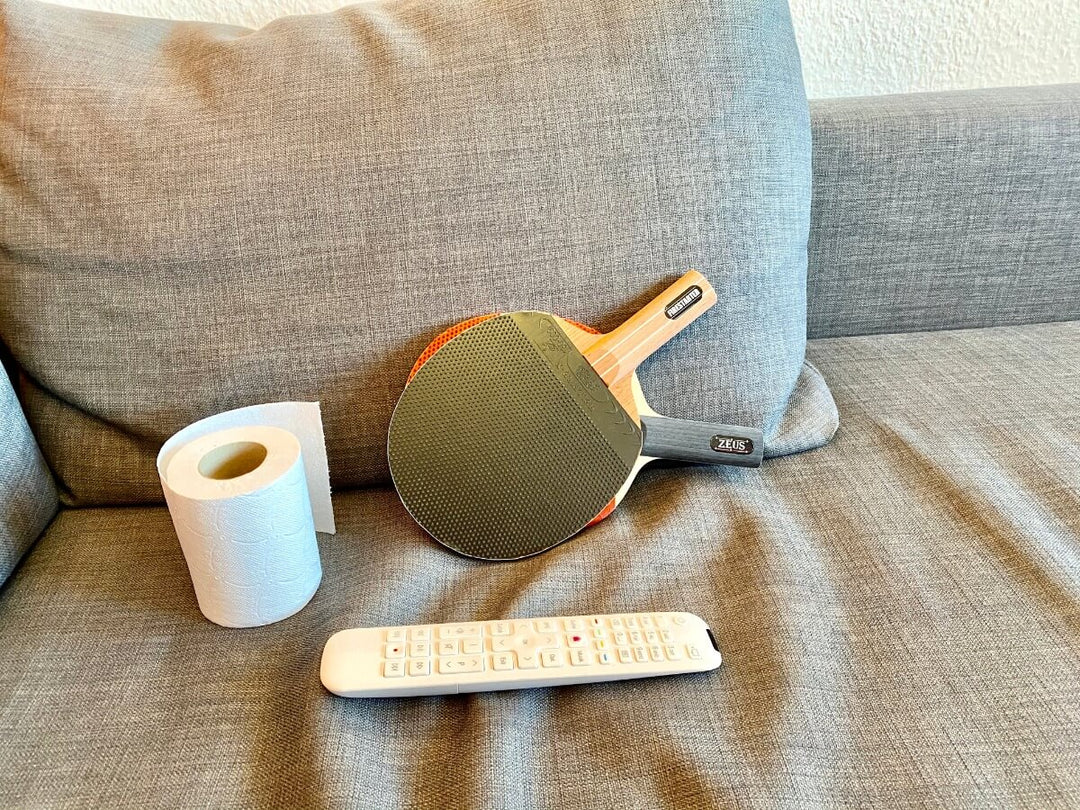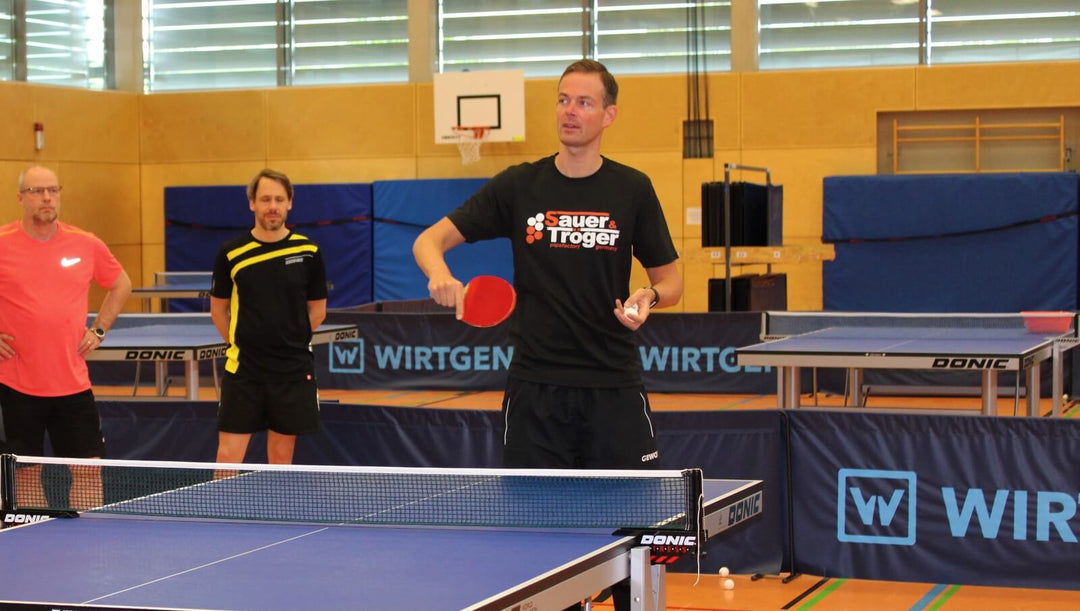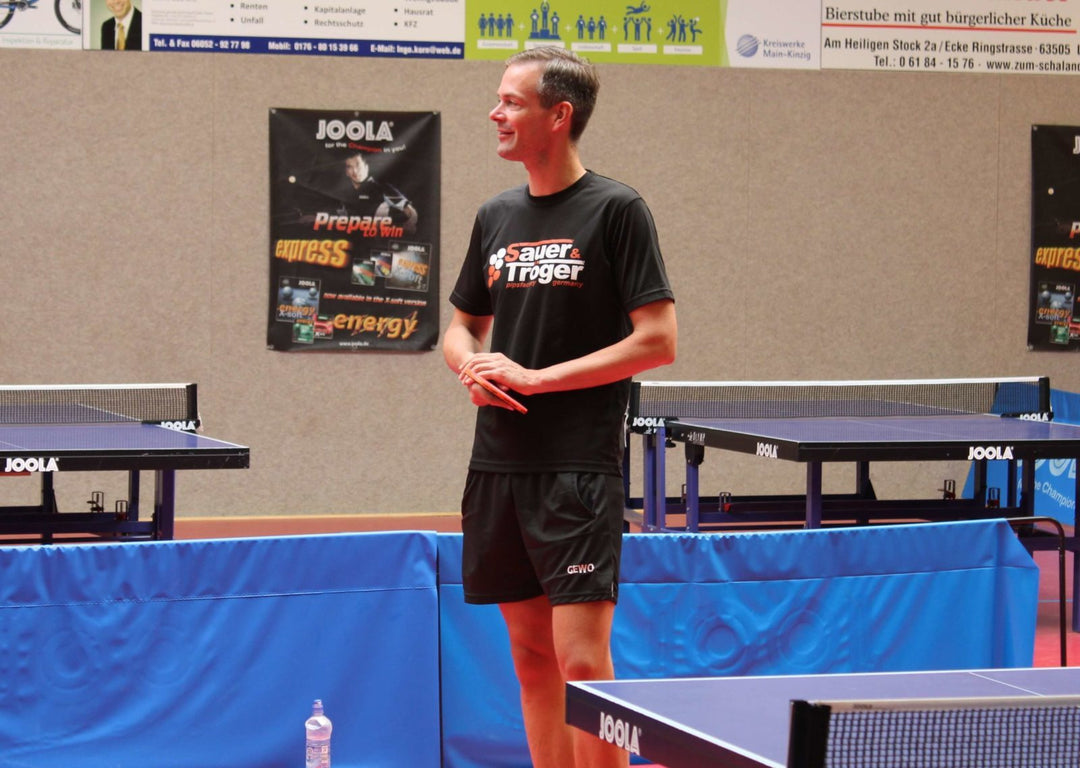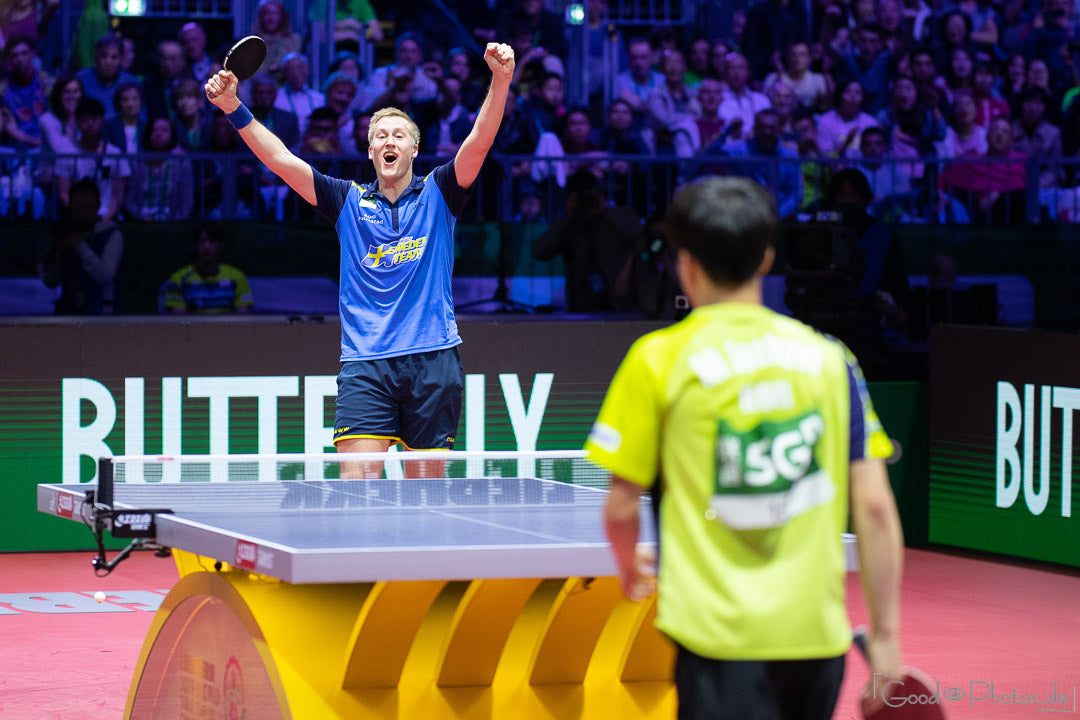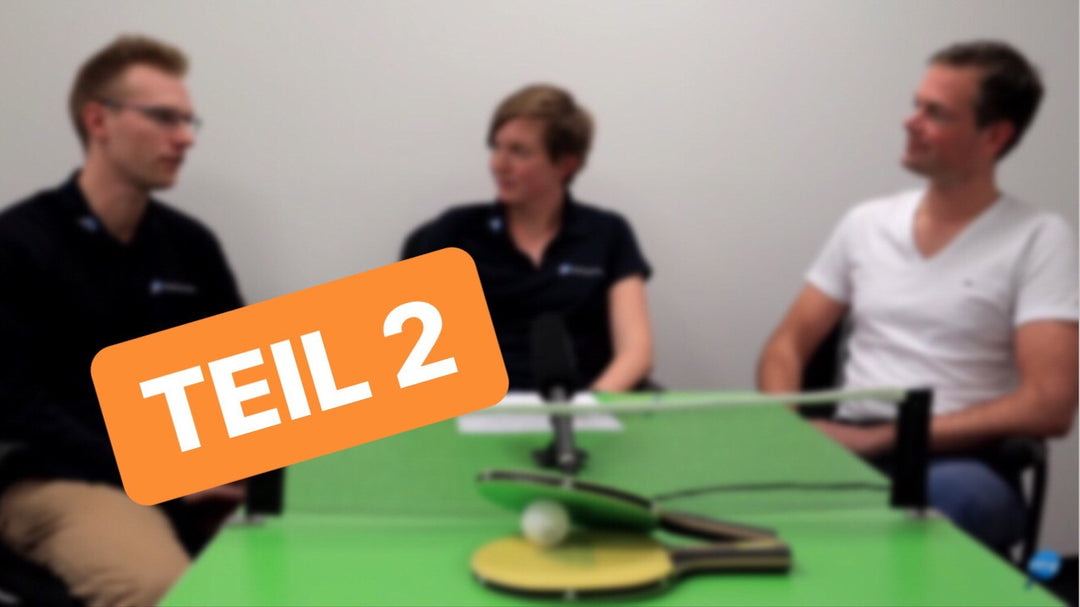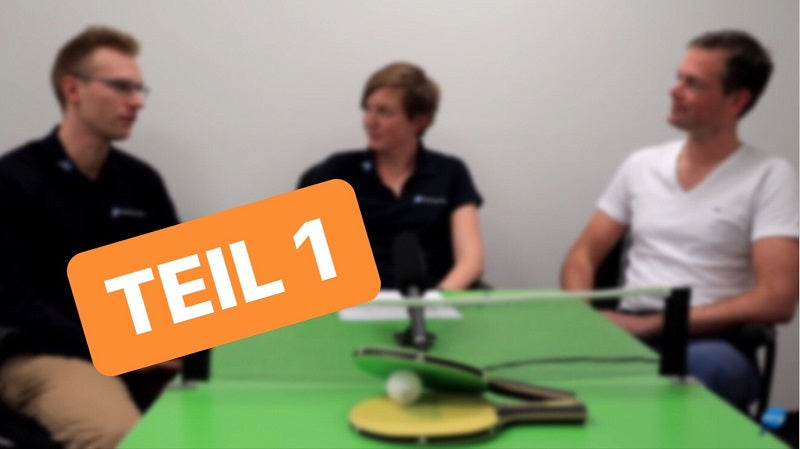How to get the best start to your training!

Hopefully reality will return soon: the full table tennis hall like here at the pimples course in the Netherlands
No matter whether on green or blue plates or with white or yellow balls; More and more sports halls are slowly opening and table tennis is being played again. Almost incidentally, the TTBL play-off round was held last week and crowned 1.FC Saarbrücken as German champions for the first time.
There is currently a very large patchwork of different regulations across Germany. Completely different regulations apply in different federal states, but also on a smaller level in different districts and municipalities. In this situation, it is easier for the clubs where there is less participation in training in the summer anyway. Larger clubs have to put in significantly more effort here. For example, some use online systems to register for specific training times. Sometimes a club member also takes over the coordination that is necessary in order to be able to adhere to guidelines and distances. If the organization is right, you can play again.
Therefore, today we would like to answer the question of how you can optimally get back into training.
Especially after an unusually long break for many of you, it is essential to slowly get your body used to the movements again and to warm up. Starting with the fastest possible topspins in the first training session is not particularly helpful here. You should not underestimate the fact that the movements performed in table tennis are different than the movements in other sports. Even if you regularly did another sport during your break, with certain movements you basically start from “0” again.
The first training sessions should therefore not last several hours and, as described, should proceed at a cautious pace.
We often experience that players want to start highly motivated and overdo it, especially at the beginning. The risk of pulling something, for example, is particularly high here. Consequence: 2 weeks break and recovery.
Of course we want to protect you from this negative example.
In order to get used to a rhythm again from your playing level, you should give yourself a lot of time to get used to it and regularly repeat certain movement sequences, such as attacking the ball on the block. If you start free play again very quickly, it will be very difficult to consistently recall movement sequences. Therefore, a long warm-up with frequent repetition is very helpful. It would be even better, if you have a suitable and motivated training partner, to get back to free play with exercises.
Here is an example of a possible course before you move on to free play:
1. Very long recording with frequent repetition. Here it can easily be 30-40 minutes.
2. After the training, start with 2-3 regular exercises. We recommend just 5 minutes per side, especially at the beginning.
3. As your training progresses, you can also integrate irregular exercise into your training again.
We would advise against real competition, especially in the first training session after such a long break. Of course, we don't want to spoil the fun of table tennis for you, but you may know it yourself: When you play competitively after a long break, you first notice how much training you have to make up because the processes are not right right from the time you serve. As a result, you often play with worse results, are dissatisfied with yourself and your game and have the feeling that you “can’t do anything anymore” and go home demotivated. It is therefore best to avoid competition in the first training session.
Example of a regular exercise:
You play all the balls to your teammate's backhand side and he alternately plays a ball into your backhand and your forehand side. This is also Niclas' personal favorite exercise from the Sauer & Tröger team. Why exactly ?
1. First of all, just focus on the groundstrokes and footwork.
2. The exercise is less strenuous for the head.
3. The change from forehand to backhand is trained in a very simple way.
4. For right-handers, the forehand is also trained in parallel.
5. A rather gentle exercise, especially after a long break.
Example of an irregular exercise:
You play all the balls to your teammate's backhand side. He always plays 1-3 times into your backhand side and then your ball into your forehand half (you then attack this). This is much more difficult and requires more concentration. So warm up well, get a feel for the ball and the movement sequences again and then you can get started again after 1-3 units.
With these suggestions we wish you a successful new start at the tables. We would also like to thank you again for your phenomenal support over the last few weeks. In the current situation, we were surprised by how many players ordered our new materials Hellfire-X (long pimples) and Unicorn (wood). This also confirms the current mood of optimism.
We wish you a great start!
Kind regards from the Sauer & Tröger team
